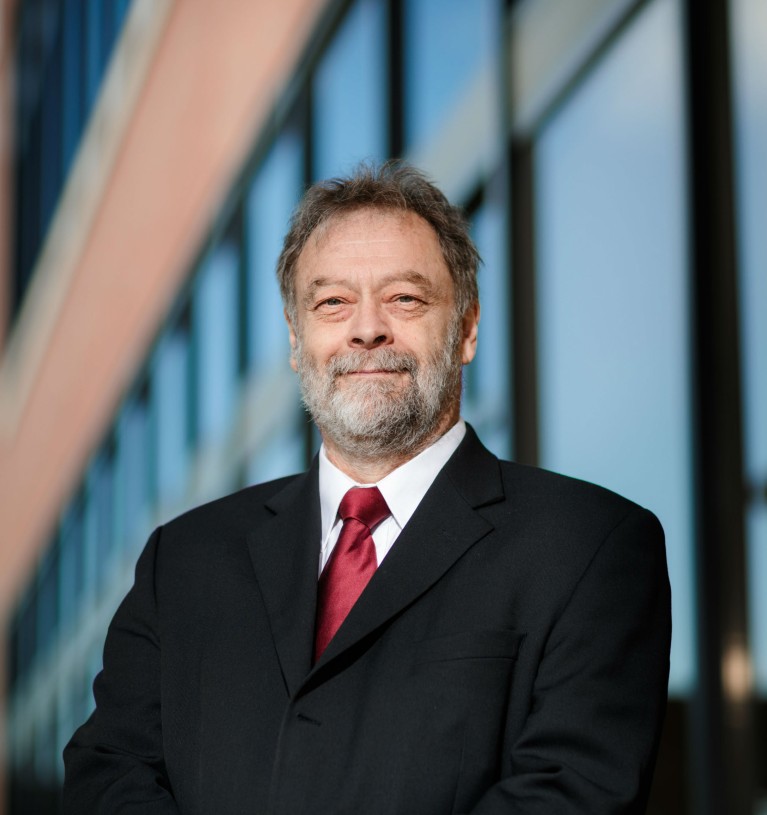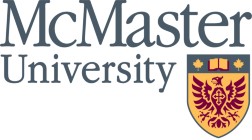McMaster University is consistently ranked among Canada’s most research-intensive universities, with grant funding and a level of research productivity that rivals institutions more than twice its size. A hotbed of discovery in medicine and engineering, “Mac” — as the institution is affectionately known — has helped transform Hamilton, Ontario, from a steel and manufacturing centre to an innovation hub for science and technology. The university’s Vice-President of Research Rob Baker discusses the academic mastery of McMaster.
McMaster’s research funding is more than double the national average, and you top the national rankings for corporate funds. How do you attract such funding?

It’s all about the talent. Last year alone our researchers attracted some $380 million — averaging nearly $435,000 per faculty member — with corporate investments at $500 million over the last five years. While there’s no magic bullet, it starts with being adamant about hiring quality people. And our size is a strategic advantage. We’re large enough to recruit the world’s best, yet small enough to interact very well across Faculties. This is not a university of different silos: We do a lot of interdisciplinary research, often on big problems in society that are inevitably complicated and require a broad approach.
How do you promote that spirit of collaboration across the campus?
We’ve identified funds that are directly aimed at interdisciplinary projects that allow for internal competitions offering seed funding for pilot projects involving members from a minimum of two, but preferably three, different Faculties. The whole point is to get different people who have never worked together before, thinking about problems that overlap. We also have a lot of interdisciplinary institutes and centres across the university which bring together different types of researchers every day.
One of your centres is the Michael G. DeGroote Institute for Infectious Disease Research. Why focus on superbugs?
First of all, this is a really frightening global problem. We have not really developed new antibiotics for several decades, and the ones we’ve had for a long time are becoming less effective as bacteria evolve ways to avoid their effects. So, it’s a large complicated issue that needs attention — and here at McMaster we have some world leaders in this area. Because we have this critical mass of researchers, we brought them together to conduct everything from basic research in drug discovery, genomics, virology and more, right through to clinical investigations of antimicrobial resistance, and beyond that, to the societal impacts of the problem.
Three years ago, the university also created a new McMaster Institute for Research on Aging. What was the impetus for that?
The demographics of North America are changing very rapidly. Canadians over 85 now form the fastest growing segment of the population, and it won’t be long before more than a quarter of the population is over 65. This is uncharted territory and it has all sorts of implications for how our healthcare systems and societies function. At McMaster, we have a lot of expertise in aging research from all angles — gerontology, medicine, biology, psychology, business, sociology, engineering and more.
McMaster is also home to the last research-scale nuclear reactor still operating in Canada. What kind of science does that facility allow?
Materials science and nuclear medicine are the main things we use it for, although we do all sorts of imaging, engineering and chemistry as well. In terms of materials and condensed matter physics, because the reactor releases neutrons that can penetrate materials, our scientists can study the way these neutrons scatter to determine the structural properties of things such as turbine blades or car parts. On the medical side, the reactor produces isotopes that can serve as diagnostic probes for detecting cancer or in therapies that deliver radiation to cancer cells in a controlled and targeted fashion. We’ve spun off a couple of companies that are further developing those kinds of treatments — and we couldn’t have done that if we didn’t have the reactor.
Last year, you helped devise a new Strategic Research Plan for the university. What are some of the priorities you’ve laid out?
We identified eight different areas that we’re going to focus on. Three of them are aging, advanced materials, and antimicrobial research. We also want to further our research and training efforts on chronic disease research, big data analyses, energy and environment, sustainable societies, and Indigenous knowledge. With these strategic priority areas, we also hope to increase opportunities for our researchers by, for example, providing more mentoring to early-career investigators while also developing ways to encourage career growth for more established researchers after they’ve secured tenure. We recognize that a great university is built on a great faculty, and we continue to strive for greatness.


